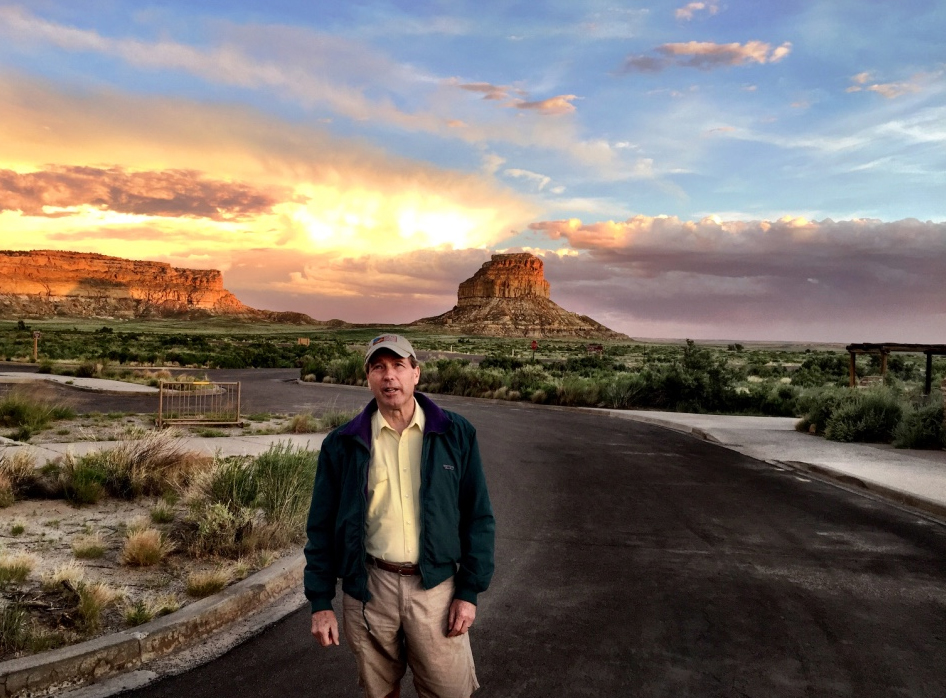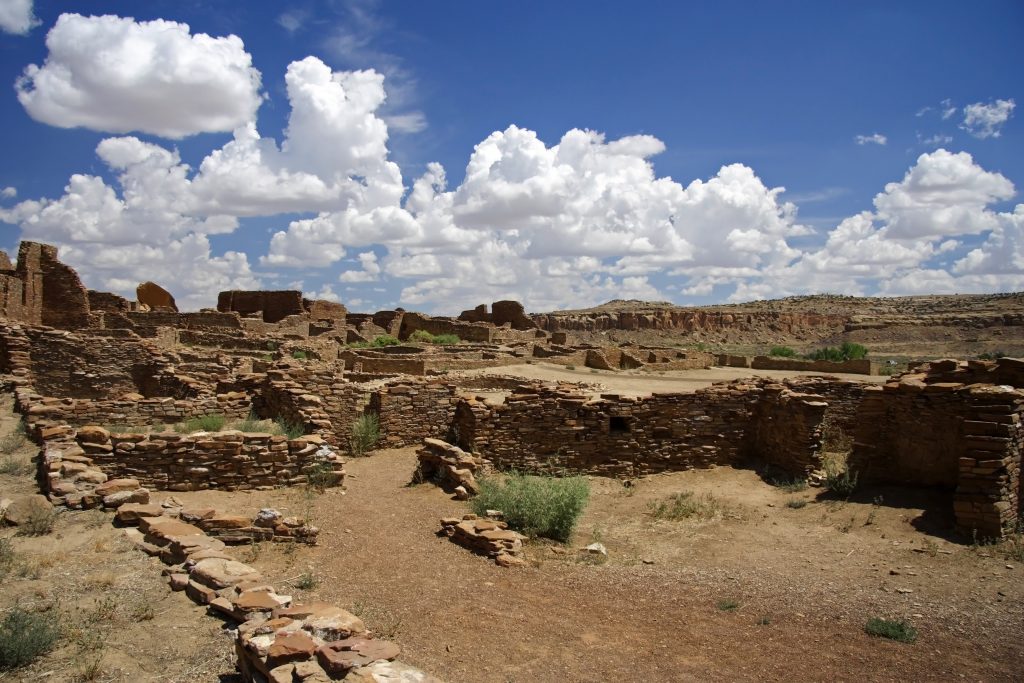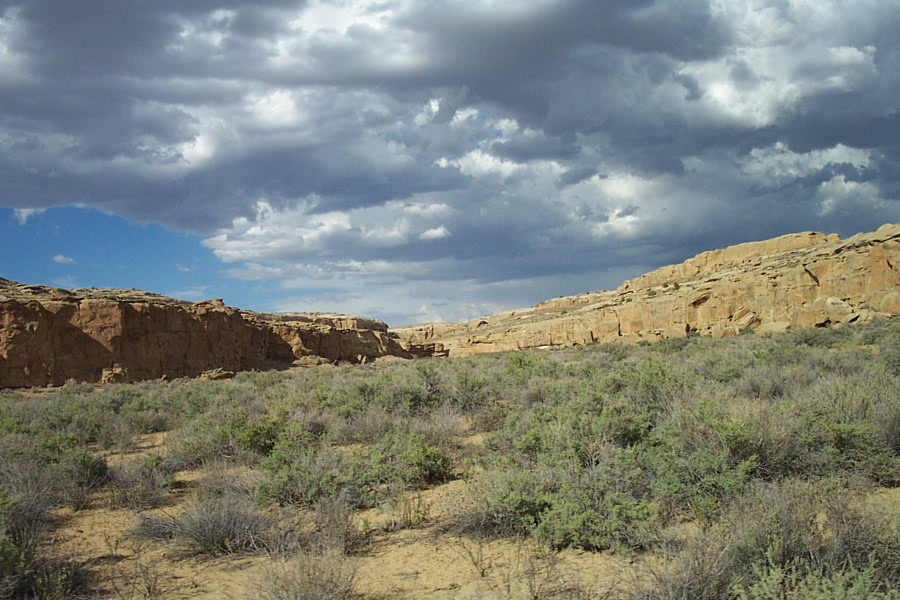Place: Chaco Culture National Historical Park
Location: New Mexico
Person interviewed: Tom Udall, New Mexico Senator
When did you first visit Chaco Canyon? What were your impressions? I visited Chaco Canyon several times as a teenager, during many family vacations across the southwest. Chaco was always a favorite stop of ours – it was fascinating to look at our history through the eyes of these early residents.



